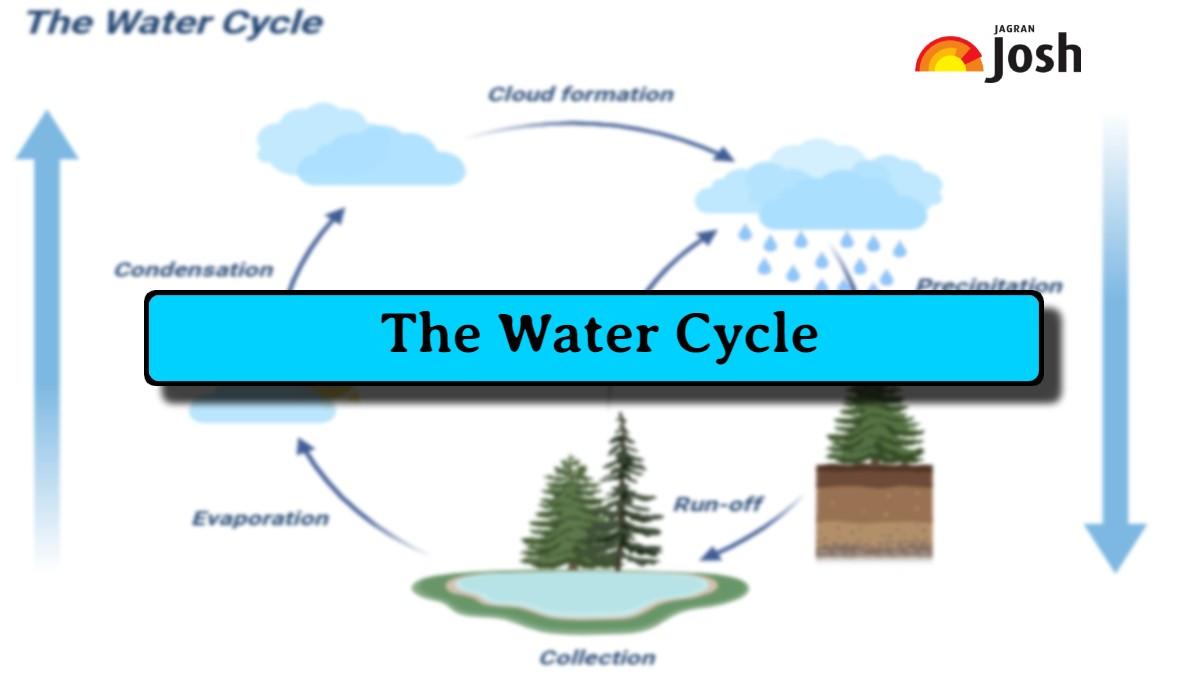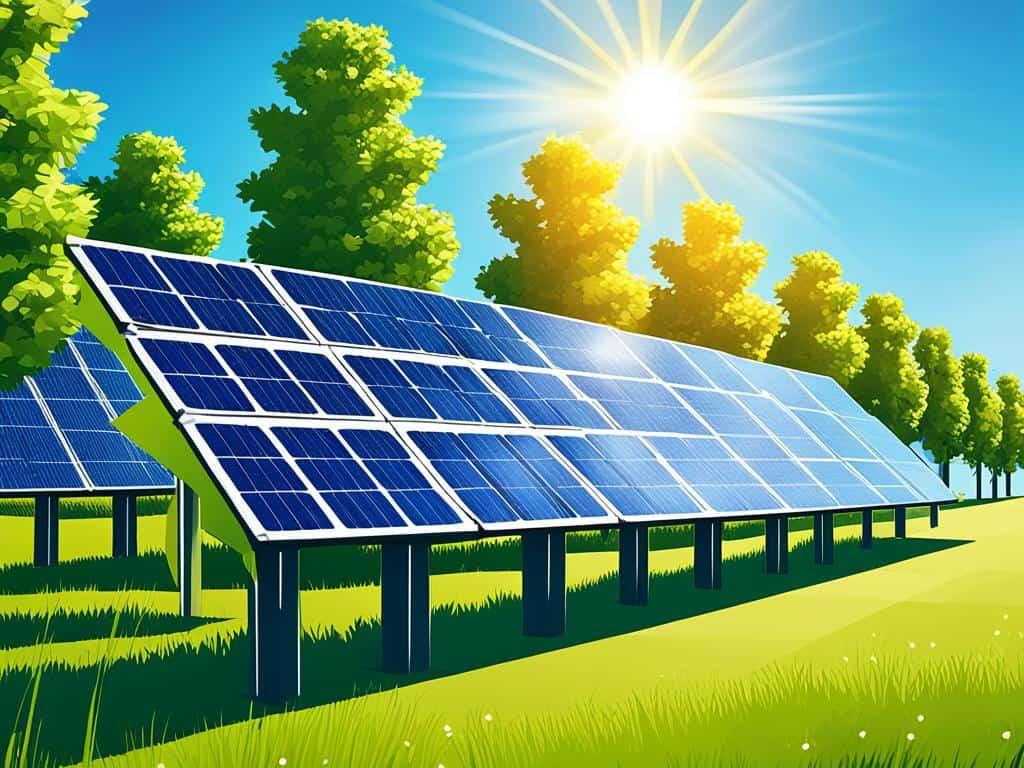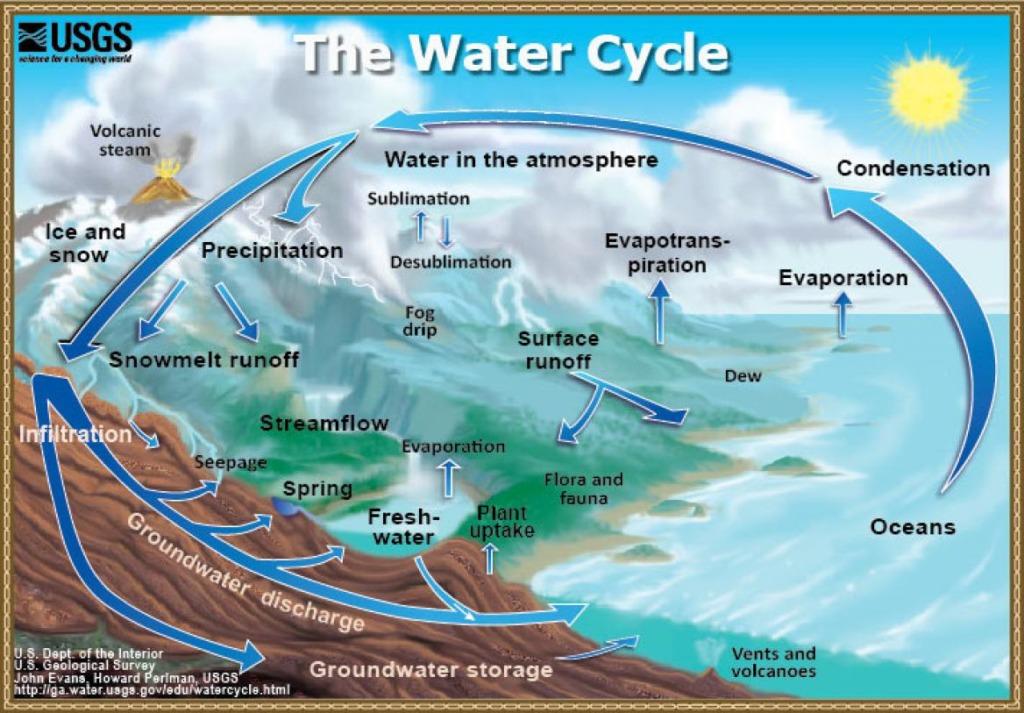Water is the lifeblood of our planet, a dynamic force that shapes ecosystems, nourishes life, and influences weather patterns. Yet, this precious resource is often taken for granted, hidden in the intricate dance of nature’s processes. The water cycle, a continuous cycle of evaporation, condensation, and precipitation, serves as a fundamental connector between the Earth’s various systems. It brings clouds to the sky, feeds rivers and lakes, and replenishes aquifers, all while silently governing the rhythm of life. In this article, we delve into the fascinating journey of water as it travels through different states and landscapes, uncovering the mechanisms that sustain not only our environment but also humanity itself. Join us as we explore nature’s essential flow, revealing the secrets behind this remarkable cycle that binds us to our planet.
Table of Contents
- Exploring the Stages of the Water Cycle and Their Interconnections
- The Role of the Sun: Energys Impact on Evaporation and Precipitation
- Human Influence on the Water Cycle: Challenges and Sustainable Practices
- Preserving Our Water Resources: Recommendations for a Balanced Ecosystem
- In Conclusion
Exploring the Stages of the Water Cycle and Their Interconnections

The water cycle is a mesmerizing dance of nature, where each stage plays a vital role in the ecological system. Evaporation initiates this process, as sunlight warms water in rivers, lakes, and oceans, transforming it into vapor. This vapor rises into the atmosphere, where it undergoes condensation, forming clouds that cradle the stored water. Under the right conditions, the clouds become heavy and release their bounty through precipitation, returning the water to the Earth’s surface. This journey creates a continuous loop, demonstrating the interconnectedness of the various stages, each relying on the preceding one to maintain equilibrium in our environment.
As precipitation falls, it seeps into the ground, contributing to infiltration—a critical phase for replenishing aquifers and providing essential moisture to plant roots. Additionally, the surface water generated can lead to runoff, where excess water flows into streams and rivers, eventually making its way back to oceans and lakes. The entire cycle is not just a flow of water but a complex system that supports all life forms. Each transition—from evaporation to condensation, precipitation, infiltration, and runoff—illustrates the unity of our natural world, reinforcing the importance of conserving water resources to ensure the sustainability of this essential flow.
The Role of the Sun: Energys Impact on Evaporation and Precipitation

The Sun serves as the heart of our planet’s energy system, driving the processes that sustain the water cycle. Its radiant energy warms the Earth’s surface, leading to evaporation, where water transforms from liquid to vapor. This process is influenced by various factors such as temperature, humidity, and wind speed, all of which can alter the rate at which evaporation occurs. For instance, when daytime temperatures rise, the intensity of solar radiation enhances the evaporation rate from oceans, lakes, and rivers, contributing moisture to the atmosphere. This dance between the sun and water is pivotal, as it not only initiates the cycle but also helps regulate temperature and weather patterns across the globe.
As this water vapor ascends and cools, it eventually condenses into clouds, setting the stage for precipitation. The Sun’s energy is crucial here as well; it fuels the winds that transport moisture-laden air and helps in the formation of storms. The type of precipitation—be it rain, snow, or hail—is influenced by temperature variations and atmospheric pressure changes, all orchestrated by the solar energy absorbed by our planet. To illustrate the interconnectedness of these processes, consider the following table showcasing the relationship between temperature and evaporation rates:
| Temperature (°C) | Evaporation Rate (mm/day) |
|---|---|
| 10 | 2 |
| 20 | 5 |
| 30 | 10 |
| 40 | 15 |
Understanding this vital connection helps us appreciate how the Sun not only illuminates but also invigorates the ongoing cycle of water, ensuring life thrives across ecosystems. The balance maintained through these processes underlines the essence of our planet’s ecological health.
Human Influence on the Water Cycle: Challenges and Sustainable Practices
Human activities have profoundly altered the dynamics of the water cycle, introducing numerous challenges that threaten both ecosystems and human communities. Urbanization, agricultural expansion, and industrialization have intensified issues such as water scarcity and pollution. For instance, deforestation disrupts local rainfall patterns, while over-extraction of groundwater depletes aquifers faster than they can replenish. Additionally, climate change, fueled by greenhouse gas emissions, brings about unpredictable weather patterns, resulting in floods in some regions and droughts in others, showcasing the delicate balance of nature that is easily disrupted by human interference.
Addressing these challenges necessitates a shift towards sustainable practices that aim to restore and preserve the integrity of the water cycle. Implementing rainwater harvesting systems can mitigate water scarcity while promoting local biodiversity. Other practices include the adoption of sustainable agriculture, which minimizes chemical runoff and enhances soil health, along with the preservation of wetlands that naturally filter pollutants and mitigate floods. The following table summarizes effective sustainable practices and their benefits:
| Sustainable Practice | Benefits |
|---|---|
| Rainwater Harvesting | Reduces runoff, conserves water |
| Sustainable Agriculture | Enhances soil health, reduces pollution |
| Wetland Restoration | Improves water quality, mitigates flooding |
Preserving Our Water Resources: Recommendations for a Balanced Ecosystem
Safeguarding our water resources calls for a collective commitment to sustainable practices that ensure a thriving ecosystem. First and foremost, we must prioritize water conservation techniques, such as rainwater harvesting and greywater recycling, which can significantly reduce our water footprint. Communities can also implement strategic irrigation methods for agriculture, such as drip irrigation, to minimize evaporation and runoff. By planting native vegetation and creating buffer zones around waterways, we can enhance biodiversity while naturally filtering pollutants and protecting vital habitats.
Moreover, public awareness and education play critical roles in preserving our water resources. Engaging local populations through workshops and campaigns fosters a culture of responsibility towards water usage. Implementing policies that encourage sustainable development—now more important than ever—supports the balance we need in our ecosystems. Consideration of ecosystem services in urban planning can help integrate natural water filtration systems and green infrastructure, ensuring that our water supply remains clean and secure for generations to come.
In Conclusion
As we navigate the intricate pathways of the water cycle, we come to appreciate it not merely as a series of scientific processes, but as a dynamic story that shapes our planet. From the gentle kiss of raindrops to the silent ascent of vapor, each phase of this cycle embodies a testament to nature’s resilience and adaptability. Understanding this flow empowers us to acknowledge our role within the larger narrative of Earth’s ecosystems.
In a world increasingly marked by climate change and environmental challenges, the water cycle serves as a poignant reminder of the connections that bind us to one another and to the natural world around us. By fostering awareness and respect for these vital processes, we can all contribute to the stewardship of our precious resources.
As we close this exploration, let us carry with us the lessons learned and inspire a deeper appreciation for nature’s essential flow. The water cycle is not just a cycle; it is a lifeline, sustaining ecosystems, communities, and future generations. Together, let us honor this flow and ensure its continuity for years to come.



